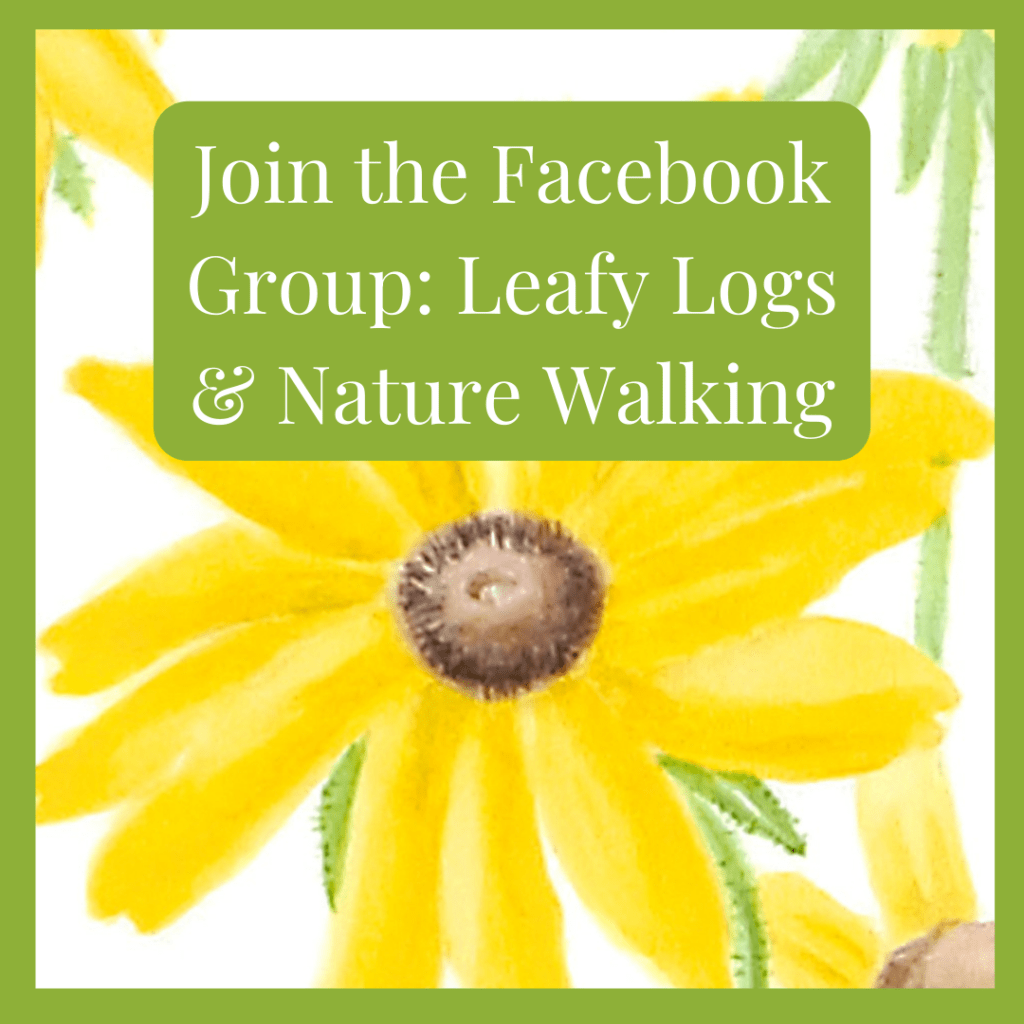It’s the time of year when our early plants bloom. It is also the time of year when invasive plants can get a head start on native plants and “take over” areas of newly exposed soil or vulnerable native habitats. What plants are you seeing as you take your walks?
Here in West Virginia we see many callery pears (also called the Bradford Pear). They are a perfect example of an invasive species. It is not native to North America, but is native to Asia. It has a beautiful white flower in spring, is a very hardy tree and is spread easily by birds that eat the tiny pears and poop the seeds over a wide area. Field mustard (Rhamphospermum arvense) which blooms with bright yellow flowers in the spring is also an invader.
Ironically, the callery pear (Pyrus calleryana) was introduced during the 1960s by the U.S. Department of Agriculture. In 1966 Lady Bird Johnson promoted its use by planting a tree in Washington, D.C. Indeed, it is a very practical solution to an urban tree situation. It is pretty to look at, it is cheap to buy and it adapts to almost all locations in the middle part of the United States.
Unfortunately it cannot be used by any of our insects to feed or create habitat for caterpillars. Caterpillars are the basis for the food pyramid for our birds and many other small animals. They provide protein for growing baby birds. They have evolved over thousands of years to feed on very specific native plants. Since callery pears are not native here, they provide no input for the American food web. They are so invasive that Ohio passed a law in 2023 to prohibit sale of callery pears. (Wikipedia)
There are native trees that would fulfill many of the same visual and neighborhood needs. Native crabapple trees, for instance, or apple trees that bear apples in the fall. Redbud trees (Cercis canadensis) that grow 20-30 feet tall and have beautiful pink flowers in the spring and little seed pods in the autumn. Viburnum, sometimes called nannyberry (Viburnum lentago) that will form a small tree or a tall hedge and have lovely white flowers in the spring and blue-black berries in the fall (be careful to get the native American viburnum) are some alternatives.

Field mustard is a very pretty yellow flower that quickly reaches 2-3 feet in the early spring, outperforming most of our native wildflowers. These yellow flowers originated in the Mediterranean area, and this mustard is often called ”white mustard,” because the seeds are white, even though the flowers are yellow. They are everywhere along the roadside ditches.
It has now been spread worldwide and is often sought out by the same little white butterflies that you see on the cabbage plants in your summer garden. They lay eggs on many members of the family Brassicaceae, such as cabbages, kale and broccoli. These little white butterflies (Pieris rapae) are also immigrants from Europe and Asia. The larvae are considered a pest, because they will bore into your broccoli as they eat their way to becoming a pupa.
Because plants grown in Asia are less expensive than many of our American grown nursery plants, large chain stores often import decorative trees and fruit trees to sell at bargain prices. Most of these trees are not native to the United States. If you are not sure, ask questions and choose carefully before you plant a tree. Local nurseries usually grow their own plants and have well informed sales people who can help you make a wise choice. The birds will thank you.


